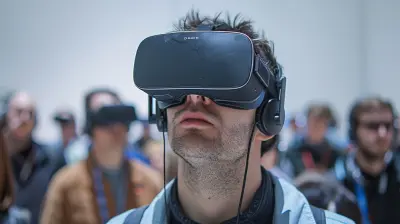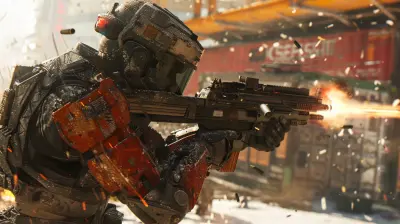The Role of Foley and Sound Design in Complementing Game Music
17 October 2025
Have you ever played a game and felt completely immersed, as if you were part of that world? Sure, the visuals take a lot of the credit, but let’s be honest—what’s a breathtaking game without sound? Beyond the dramatic scores and catchy soundtracks, there’s a hidden art that works its magic to make the experience feel alive: Foley and sound design. These audio elements often don’t get the spotlight they deserve, but they’re the unsung heroes of gaming immersion.
In this post, we’ll unpack how Foley and sound design complement game music and why they’re so crucial in the gaming industry. So grab your headphones, and let’s dive into the fascinating world of sound!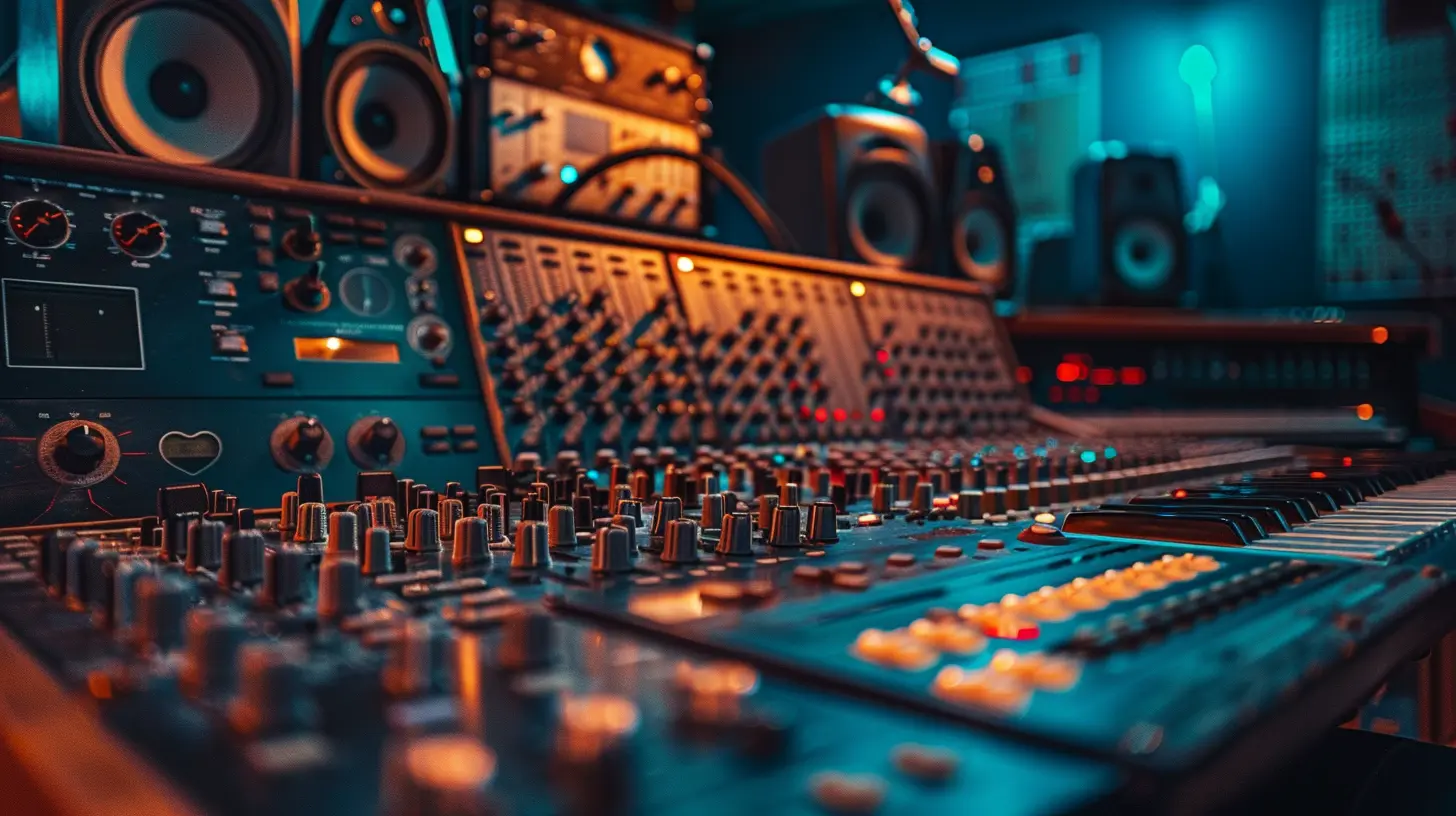
What Exactly Is Foley and Sound Design?
Before we get ahead of ourselves, let’s break it down. Foley is the art of creating everyday sound effects that breathe life into the visuals and make them feel real. Think footsteps crunching in the snow, the creak of a door, or the clinking of coins hitting a table. These sounds are often created in studios by Foley artists who use all sorts of random objects to mimic real-life noises.Sound design, on the other hand, is a broader term. It includes not just Foley but also the creation of atmospheric sounds, special effects, and other audio cues tailored for games. It’s what makes you feel the thunderous roar of a boss battle or the eerie silence in a haunted forest. Together, Foley and sound design work seamlessly to elevate the gaming experience.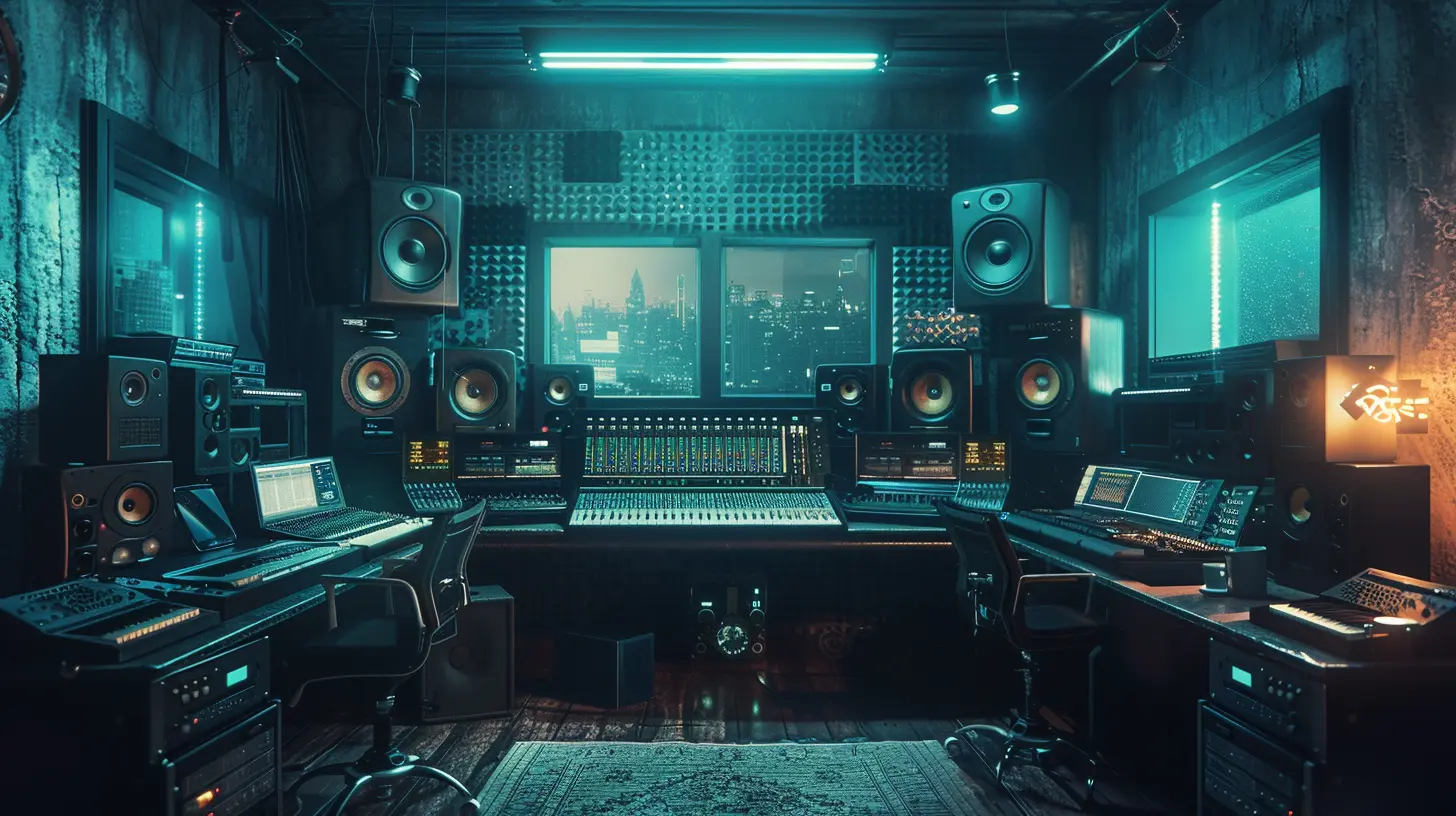
Why Sound Matters as Much as Graphics
Let’s face it: Graphics often get all the glory. Gamers rave about ray tracing and 4K resolutions, but ask yourself this—how many times have you noticed sound without realizing it? Probably a lot. Sound, in many ways, acts like the invisible glue that ties everything together.Imagine playing a horror game without the sound of creaking floorboards or distant whispers. It just wouldn’t be the same, right? Sound impacts how we feel and react, often on a subconscious level. And while game music sets the tone, it’s the Foley and sound design that layer in the realism.
Think of it like cooking. Game music is the main dish—bold, flavorful, and attention-grabbing. Foley and sound design are the seasoning, the little sprinkles of magic that turn a good meal into a feast. You could eat the dish without seasoning, sure, but it wouldn't hit the same.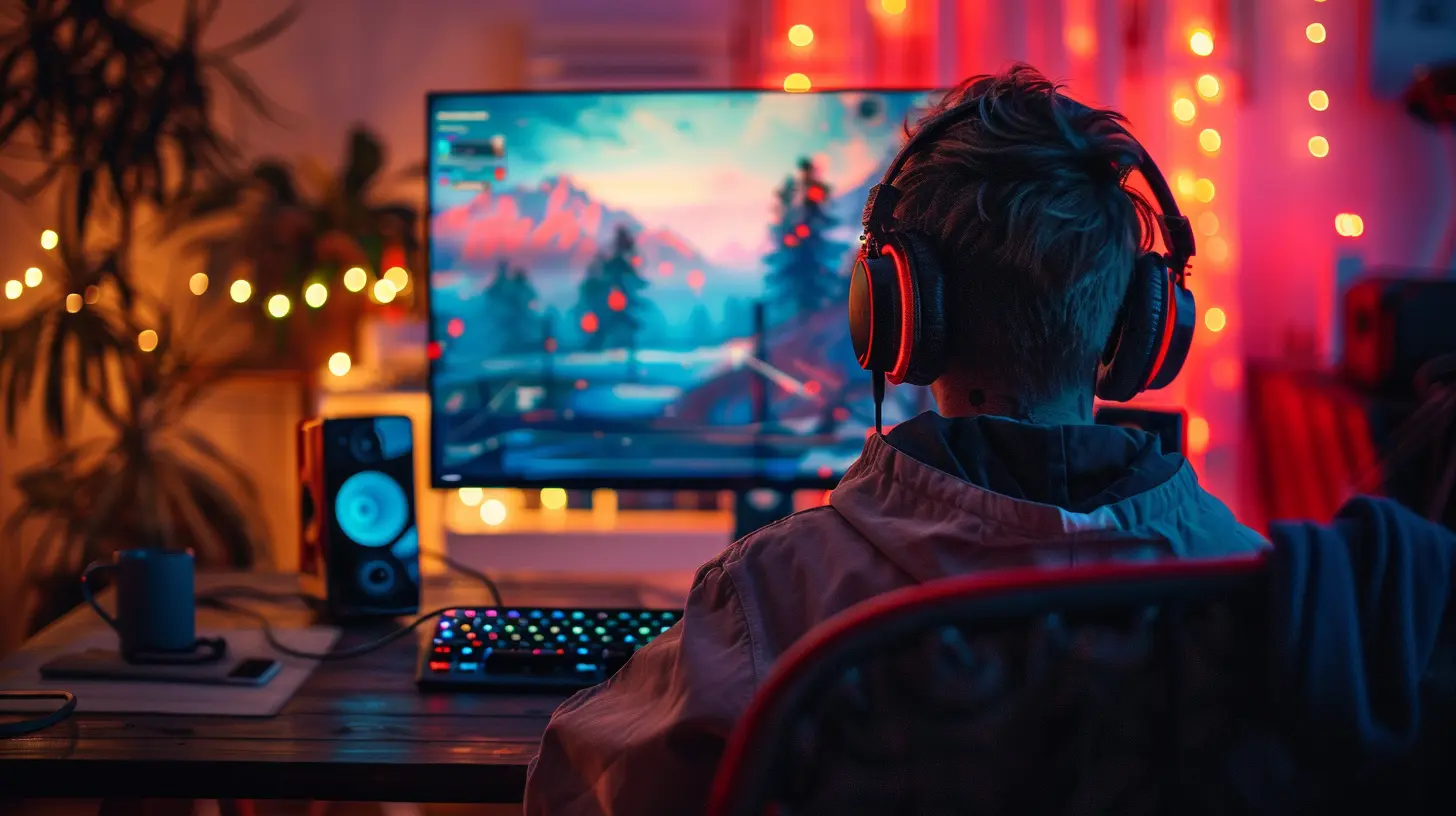
The Interplay Between Game Music and Sound Design
Here’s where things get interesting. Game music and sound design aren’t playing separate games—they’re in the same league, working together to tell a cohesive story.1. Building Atmosphere Together
Music creates the overarching emotion of a scene, but sound design nails the specifics. Picture a rain-soaked battlefield. The music might swell with an orchestral melody to convey epic drama, but it’s the Foley work—rain splattering on armor, distant gunfire, and wet boots squelching in mud—that drops you right into the action.2. Complimenting Emotional Beats
Think about the last time you played a stealth game (shoutout to Hitman or Metal Gear Solid). The music ramps up when you’re spotted, sure, but it’s the subtle sound effects—the beeping alarm, heavy breathing, and the tension-filled “thud” of enemies’ footsteps—that elevate the emotional stakes. It’s a beautiful duet between sound design and music that keeps you hooked.3. Creating Spatial Awareness
Have you ever turned your character toward a noise because you heard it off to the side? That’s sound design doing its job. By layering spatial audio into a game, designers create a sense of direction and depth, making you feel like you’re inside the game world. When combined with music, it creates a multi-dimensional experience that’s hard to forget.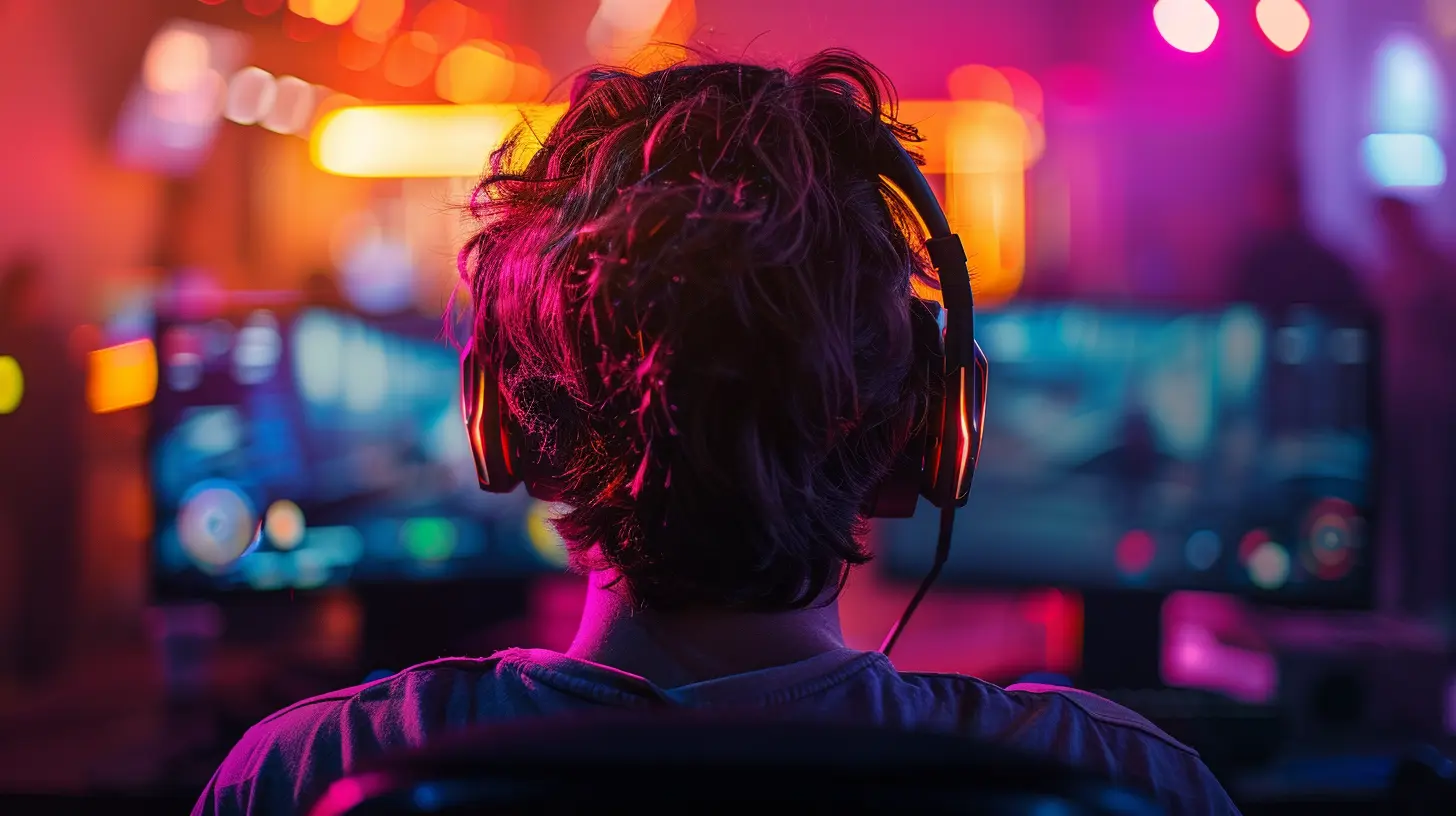
The Art of Immersion
If you’ve ever forgotten you were sitting on your couch while playing a game, congrats—you’ve been immersed. Immersion is the holy grail of game design, and sound plays a starring role in it.The best games use Foley and sound design to make the player feel the game world in ways visuals can’t replicate. You hear the wind howl in an open-world RPG and instinctively pull your jacket tighter, even if you’re sitting in a warm room. That’s how powerful sound can be!
Subtle Sounds, Big Impact
Some sound effects are so subtle you don’t even realize they’re there, but trust me—they’d be noticeable if they were missing. Things like the rustle of grass as your character sneaks through it or the electronic buzz of a control panel in a futuristic setting add layers of realism.These sounds don’t just fill the silence; they create an emotional texture. You wouldn’t notice them in isolation, but collectively they shape the vibe of the scene.
Foley in Action: It’s More Than Props and Microphones
Okay, so let’s geek out a little. Foley artists are basically magicians. They don’t just go out and record the actual sound of a sword clanging against armor—they get creative. You’d be surprised to learn that coconut shells might be used for horse hooves or that a warped piece of metal can replicate the sound of creaking hinges. Who knew?One famous example comes from the Uncharted series, where Foley artists used wet towels smacked against a surface to replicate the sound of punches landing. It’s crazy, right? But the result is so satisfying, you don’t even question it.
How Sound Design Adapts to Different Genres
Sound design isn’t a one-size-fits-all kind of deal. A fantasy RPG like Elder Scrolls and a fast-paced shooter like Call of Duty have wildly different sound needs.Fantasy Games
In fantasy games, sound design is all about world-building. Magic spell effects, mythical creature growls, and atmospheric dungeon sounds work hand-in-hand with music to foster a sense of wonder and adventure.Horror Games
For horror games, silence is just as important as sound. Subtle whispers, distant screams, and abrupt loud noises are carefully placed to keep your heart racing. It’s the stuff nightmares are made of—literally.Action Games
Fast-paced action games rely on adrenaline-pumping sound design. Explosions, weapon reloads, and the sound of bullets whizzing past your ear make you feel like you’re in the heat of battle.The Future of Game Sound
With tech advancements like 3D audio and AI-generated soundscapes, the future of game sound is looking bright. Features like binaural audio (which mimics how we hear sound in real life) are already redefining immersion. Imagine a game where you can hear the faintest crunch of leaves behind you, making you spin around in paranoia. The possibilities are endless!Why You Should Pay Attention to Game Sound
By now, you’ve probably realized that Foley and sound design aren’t just sidekicks to game music—they’re co-stars. So next time you boot up your favorite game, take a moment to appreciate the footsteps, the weapon sounds, and even the silence. All of it works together to draw you in and make the experience unforgettable.Without great sound design, even the best game music would feel a bit hollow. So here’s to the Foley artists, the sound designers, and the genius audio engineers who make the gaming world come alive. You may not see them, but you definitely hear their work.
all images in this post were generated using AI tools
Category:
Original SoundtracksAuthor:

Audrey McGhee
Discussion
rate this article
1 comments
Bernadette Wilson
Sound whispers secrets that visuals can't reveal. In the shadows of game design, Foley and music intertwine, crafting an auditory tapestry that immerses players deeper. What hidden tales do these sounds tell when the screen fades?
October 17, 2025 at 3:44 AM
